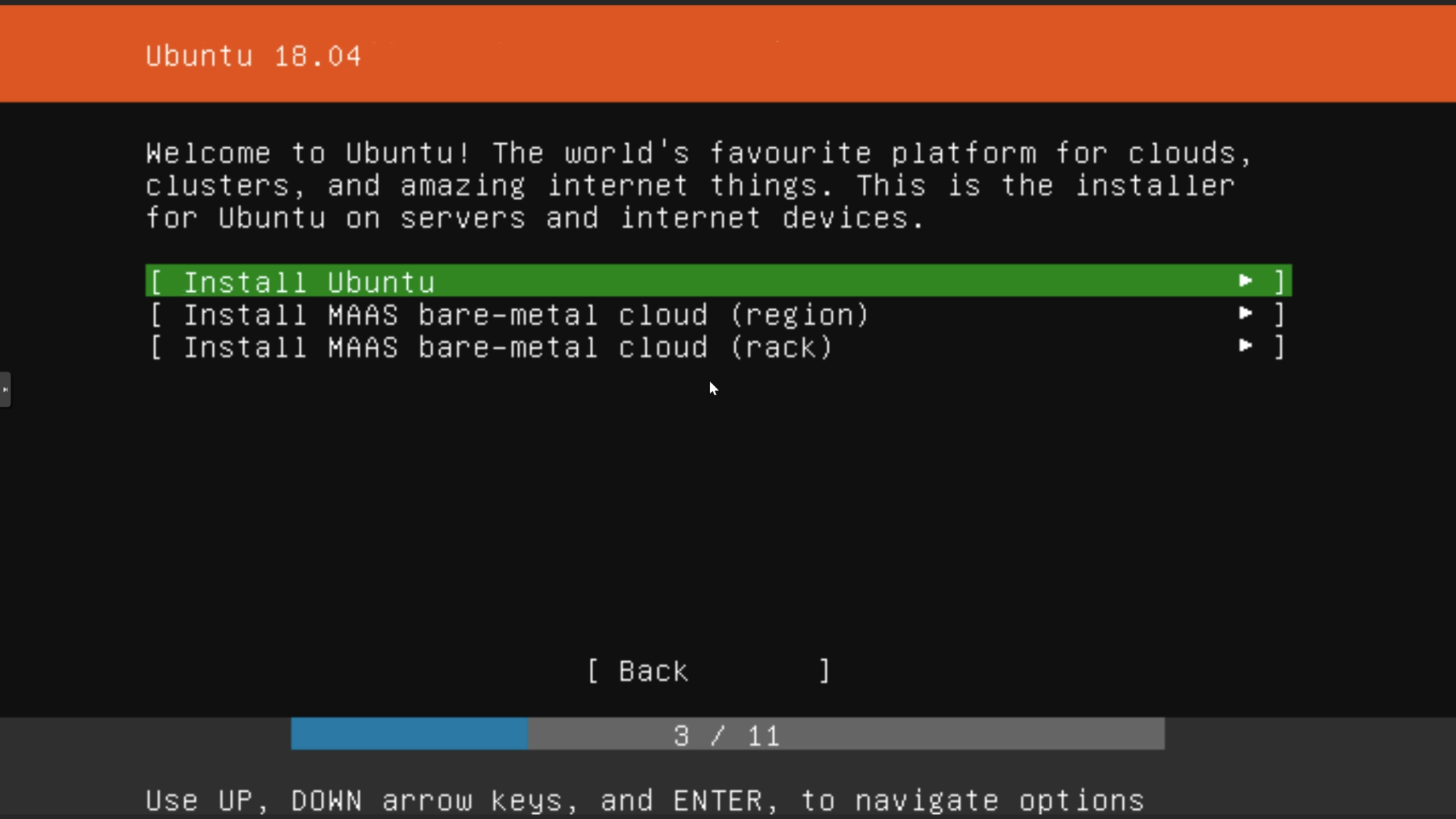
In this guide, we would virtualize Ubuntu server on Windows 7, 8, and 10, with the help of Virtualbox, this way we would be able to run Ubuntu OS on our local machine, this should work for Mac users too as Virtualbox supports Mac.īefore anything, Let's download VirtualBox and Ubuntu Server 18.04:ĭownload VirtualBox & Ubuntu Server, You can also use the below image as an aid:ĭownload VirtualBox By Clicking on the Download button ↑ĭownload Ubuntu server By Clicking on the Download button ↑ But once I have a fully installed and working VM, I'd want to copy the files to the Ubuntu Server and run it from there.įYI the reason I want this is for various automation tasks and scripted testing processes.It's almost impossible to learn ubuntu on a real web server that is running your live application (you shouldn't even toy with anything running a live application), which is why it's a good idea to utilize virtualization that is indistinguishable from a real server, to put it in another perspective, it's recommended to learn/run an experiment on a local machine. If necessary I could first create and setup the VM elsewhere, on an Ubuntu Desktop PC where I do have a GUI so I can interact visually. Obviously the Windows instance in the Virtual Machine will need to think it has a screen, whereas in reality it's running in a command-line-only host environment where the screen cannot be shown.

I want to launch it from the shell, and I will then interact with it using VirtualBox's CLI/API functionality to send keyboard & mouse commands, grab screenshots, etc. Is it possible to install VirtualBox on there and run a Virtual Machine that does have its own (virtual) screen, even though the screen isn't displayed or outputted anywhere by the host machine?įor example I want to run a Windows 10 Virtual Machine. I have a server running Ubuntu Server 19.10 with no GUI and no screen attached.


 0 kommentar(er)
0 kommentar(er)
